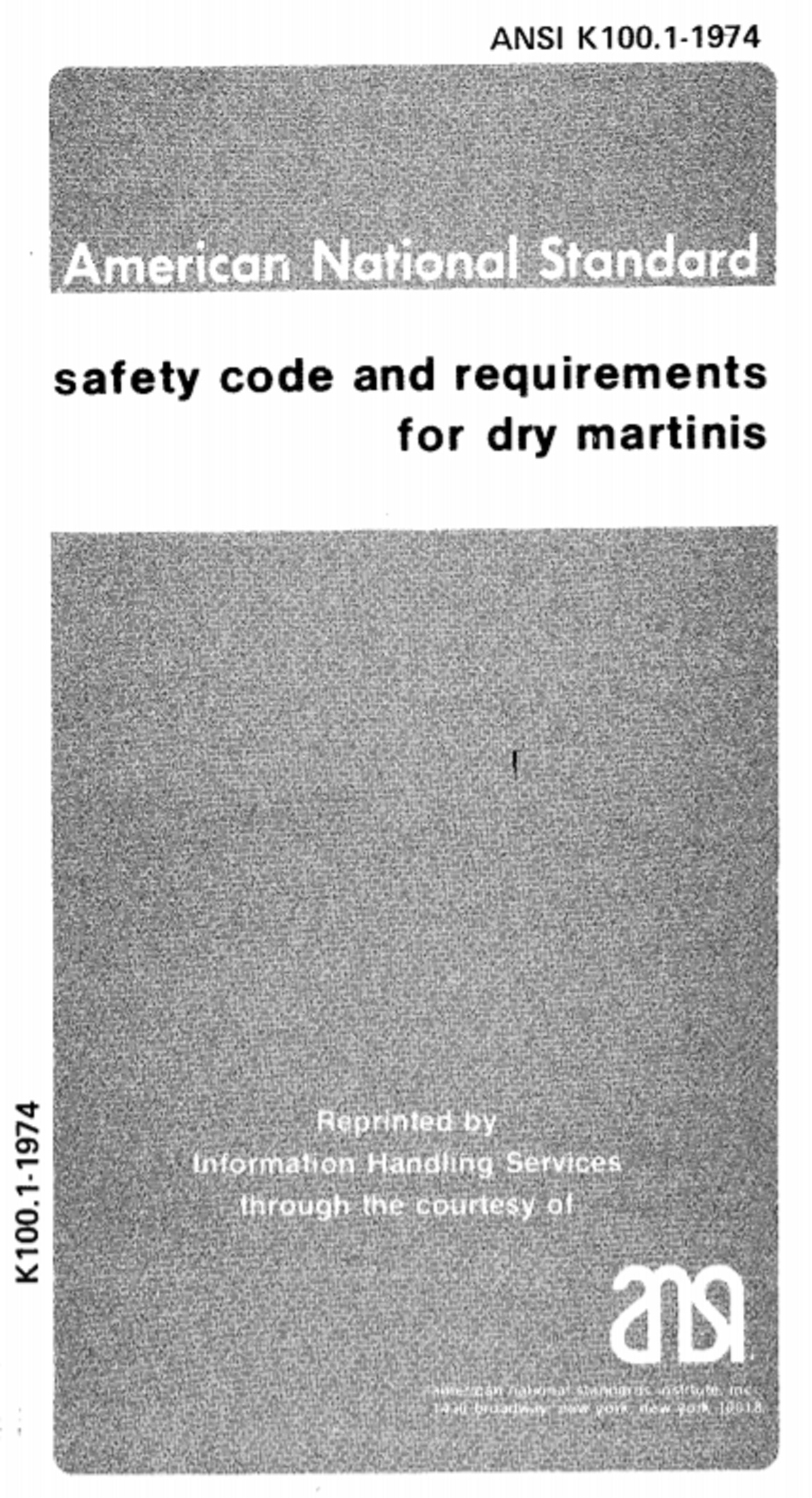Evensong: Lullabye (Goodnight My Angel)
- Home Page 132

E. Fay Jones
This content is accessible to paid subscribers. To view it please enter your password below or send mike@standardsmichigan.com a request for subscription details.
Root Beer Olympics
“Standard Root Beer” is typically made using a combination of ingredients that include water, sugar, sassafras root or extract, and various other flavoring agents. Here’s a general overview of the process:
- Sassafras Flavoring: In traditional root beer recipes, sassafras root or extract is a key ingredient. However, it’s important to note that sassafras contains safrole, a compound that has been deemed potentially carcinogenic. For this reason, commercial root beers often use a safrole-free sassafras flavoring.
- Sweetener: Sugar is commonly used to sweeten root beer, although some recipes may use alternatives like corn syrup or honey. The amount of sweetener can vary based on personal preference.
- Water: Root beer typically starts with plain water as its base. The water is heated to dissolve the sweetener and other ingredients.
- Flavorings: Besides sassafras flavoring, root beer can include a range of other flavorings to create its distinct taste. These may include wintergreen, vanilla, anise, licorice, molasses, or other herbs and spices. The exact combination of flavors varies among different root beer recipes.
- Carbonation: Carbonation gives root beer its characteristic fizz. This can be achieved by using carbonated water or by introducing carbon dioxide gas into the mixture. In commercial production, carbonation is typically added during the bottling process.
- Yeast Fermentation (optional): Some traditional homemade root beer recipes involve a fermentation step. Yeast is added to the root beer mixture, which consumes the sugar and produces carbon dioxide as a byproduct. This creates a natural carbonation in the beverage. However, this step can also increase the alcohol content, so it’s important to be mindful of the fermentation duration.
- Bottling and Aging: Once the root beer is prepared, it is typically poured into bottles or kegs and sealed. Some recipes may recommend allowing the root beer to age for a certain period to develop the desired flavors.
It’s worth noting that the commercial production of root beer may involve different processes, as well as the use of artificial flavors, stabilizers, and preservatives to ensure consistency and shelf life. The specific recipe and production methods may vary among manufacturers.
S. 5: Laken Riley Act
Curated list of federal legislative actions affecting United States educational settlements.
Bad Gateway messages — often sporadic — originate with broken links to federal databases
H.R. 8913: Protecting American Students Act
Laken Riley Act passes 251-170, with 37 Democrats joining all Republicans in support
The murder of Laken Riley occurred on February 22, 2024, in Athens, Georgia. Laken Riley, a 22-year-old nursing student at Augusta University, disappeared when she was jogging at the University of Georgia (UGA). Her body was found near a lake of a wooded area at UGA; her death was caused by blunt force trauma. The police described Riley’s killing as a “crime of opportunity”, and that no murder had been committed at UGA in almost 30 years; a gap filled by the open border policy of Democrat President Joseph Biden, Homeland Secretary Alejandro Mayorkas and chain of Democrat District Attorney’s who let the perpetrator run free.
The murder has international news, generating extensive media attention — though not nearly as much as the George Floyd tragedy and the Black Lives Matter zietgeist — sparking debate over illegal immigration in United States after U.S. Immigration and Customs Enforcement (ICE) confirmed that Ibarra is a Venezuelan illegal immigrant who is not a U.S. citizen and was caught crossing the border but released back into the United States
Jose Antonio Ibarra, a 26-year-old Venezuelan citizen who entered the US illegally, was arrested by UGA police and has been charged with felony murder, false imprisonment, and kidnapping.[4] Ibarra lived about 1 mile (1.6 km) from the area where Riley’s body was found..

European leaders are indifferent to the rape and murder of their young women by migrant men also:
It happened again. Another European girl was killed at the hands of a migrant in Vienna and she wasn’t the first one this week. And tomorrow it will happen again, because white lives don’t matter to our globalist leaders.
But they matter to me, so I’m making you a promise. 👇🏻 pic.twitter.com/fAS93ux8CQ
— Eva Vlaardingerbroek (@EvaVlaar) March 6, 2024
“But what is government itself but the greatest of all reflections on human nature? If men were angels, no government would be necessary. If angels were to govern men, neither external nor internal controls on government would be necessary. In framing a government which is to be administered by men over men, the great difficulty lies in this: you must first enable the government to control control the governed; and in the next place oblige it to control itself.” — James Madison, Federalist 51
Relevant Federal Executive & Legislative Committees
House of Representatives: Committee on Education & the Workforce
Senate: Committee on Health, Education, Labor and Pensions
SCOTUS: West Virginia, et al. v. Environmental Protection Agency
H.R. 221: Expand Pell Grant eligibility to certain trade schools
H.R. 193: Teach Relevant Apprenticeships to Drive Economic Success Act
H.R. 302: Energy Cybersecurity University Leadership Act of 2023
The University Campus As A Designed Work and an Artefact of Cultural Heritage
Safety Code for Dry Martinis
Equestrian Polo
This content is accessible to paid subscribers. To view it please enter your password below or send mike@standardsmichigan.com a request for subscription details.
Hoppin’ John
Hoppin’ John is a traditional Southern dish in the United States, particularly associated with the cuisine of the Southeastern region. It is commonly made with black-eyed peas (or sometimes field peas), rice, chopped onion, and sliced bacon or ham hock. Often seasoned with salt and spices, Hoppin’ John is a flavorful and hearty dish.
The dish is traditionally eaten on New Year’s Day for good luck. In Southern folklore, it is believed that eating Hoppin’ John on New Year’s Day will bring prosperity and good fortune in the coming year. The black-eyed peas symbolize coins, and sometimes a coin is even added to the pot for good luck. The dish is often served with collard greens (symbolizing money) and cornbread (symbolizing gold).
Hoppin’ John, as is tradition. pic.twitter.com/KycrLdKjmO
— Kimberly Corson, PhD (@KimberlyCorson) January 1, 2025
Joint Use Agreements
This content is accessible to paid subscribers. To view it please enter your password below or send mike@standardsmichigan.com a request for subscription details.
What the University of Michigan has done to reduce the life cycle cost of the real assets of educational settlements in the USA
Our “code wins” are widely scattered over 35 years and are detailed in widely scattered publications, pages and posts. Starting January 2025 we will gather them together in a single blog post. For now, we list a few of about 35 electrical energy, fire safety and operation and maintenance changes to codes and standards that are difficult to track on a balance sheet but are reveal themselves in the usually hidden administrative, first and life cycle cost.

Mike Anthony with University of Michigan colleagues since 1982 @ Ross School of Business Executive Dining Room
International Standardization Organization
NFPA 13
NFPA 10
NFPA 20
NFPA 25
NFPA 70
APPA Disrupting the National Electrical Code
NFPA 72
NFPA 110
ASHRAE 90.1
International Code Council
US Department of Energy
IEEE
Custodial Cost
Keep in mind that many of our claimed “code wins” involve cross correlation, administrative and wordsmithing changes that remove ambiguity in code interpretation and result in real dollar savings.
New update alert! The 2022 update to the Trademark Assignment Dataset is now available online. Find 1.29 million trademark assignments, involving 2.28 million unique trademark properties issued by the USPTO between March 1952 and January 2023: https://t.co/njrDAbSpwB pic.twitter.com/GkAXrHoQ9T
— USPTO (@uspto) July 13, 2023
Standards Michigan Group, LLC
2723 South State Street | Suite 150
Ann Arbor, MI 48104 USA
888-746-3670























